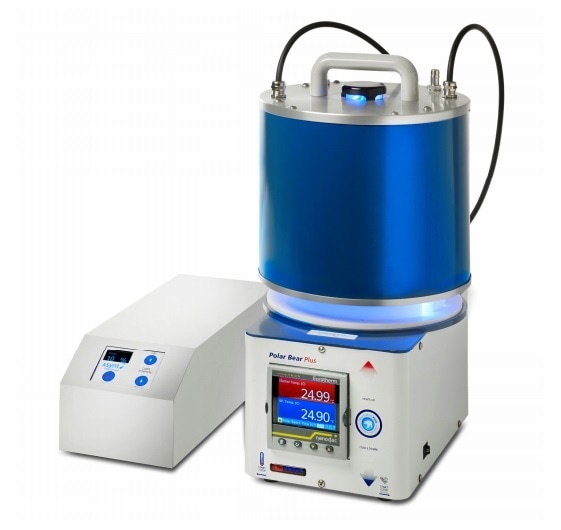The renowned Innovative Technology Centre (ITC) at the University of Cambridge, UK has used a Uniqsis PhotoSyn flow photoreactor to efficiently scale-up a radical mediated boronic acid coupling under photoredox conditions using a novel organic acridium-based photocatalyst.

The acridium-based organic photocatalyst, developed by the University of Cambridge, is demonstrated to be an efficient replacement for iridium-based photocatalysts used to oxidise boronic acid derivatives by a single electron radical coupling process.
By eliminating the control, scale-up and safety problems associated with traditional batch photoreactors – the Uniqsis PhotoSyn LED photochemical flow reactor enabled synthetic chemists at the University of Cambridge to straightforwardly scale a photoredox cross-coupling of boronic acids in 81% yield with gram per hour throughput. In the described work, the researchers also used a Uniqsis Flow-UV inline UV-Vis spectrometer to conveniently monitor steady state.
Using a pair of enclosed large format LED arrays to concentrate the light inwards onto a central coil reactor, the Photosyn is able to provide sufficient light to facilitate reactions in coil reactors (up to 50 ml) enabling efficient photochemical synthetic work at larger scales.
For a copy of the University of Cambridge paper please visit http://www.uniqsis.com/fcPublications.aspx#2109 (select publication 62). For further information on Photosyn flow photoreactor please contact Uniqsis on +44-845-864-7747 / [email protected].
Since 2007, Uniqsis has specialised in the design and supply of mesoscale continuous flow chemistry systems for a wide range of applications in chemical and pharmaceutical research. The company’s aim is to make flow chemistry easily accessible to both novices and experienced users.